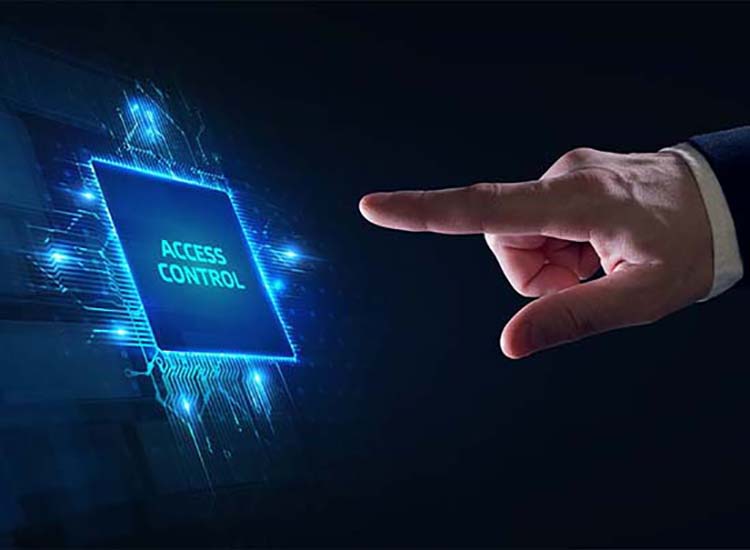Smart access control solutions strengthen security provision
The need for security has been drawn into a new sharper focus in the UK since early March. The new crucial element is the response in security planning to protect against the risk of the life threatening coronavirus (COVID-19).
In such challenging circumstances all organisations are adjusting to the ‘new normal’. Security measures for key workers required to staff various critical facilities are being freshly assessed and, where necessary, strengthened and redesigned, employing a variety of technologies, including smarter access control systems.
Examples of recent systems include those aimed at monitoring and detecting potential COVID-19 symptoms, as well as other more routine health conditions such as the ’flu.
These measures include interfaced CCTV-based thermal temperature monitoring. They are designed to help identify an individual’s abnormal temperature, providing automatic and real-time alerts to on-the-ground security teams. Access points including door entry and turnstile controls can also be linked, to allow or automatically prevent clear passage to persons of interest until tested.
Such systems and procedures are not foolproof. Nevertheless, options like these are a practical response to circumstances. They demonstrate the adaptability and ingenuity of system providers, and remind us of how security can be significantly enhanced by access control solutions.
Technologies can be adapted to offer both physical security and fire safety protection: electronic visitor management systems when interfaced with appropriate access control solutions can provide accurate real-time registers of those in restricted areas for roll call verification purposes, in the event of evacuation immediately post-incident.
Risk assessment for access control
The appropriate specification for access control is informed by an effective risk assessment/threat determination. Carefully defining needs ensures measures are both fit for purpose and user-friendly – and helps importantly with ‘buy-in’ from users once operational.
Risk assessment also helps in the identification of access control needs, the location of access points to be secured/monitored, and any requirements for remote monitoring. It is factored into design, which also takes into account risk classification for access points and how this may vary over time, e.g. inside/outside working hours, during daylight/hours of darkness, at weekends, or during other open/closed periods.
Updated Code of Practice
In response to evolving standards, NSI will shortly be introducing an update to its NCP 109 Code of Practice for access control systems. The Code draws on the Equality Act 2010, British Standard BS 7273-4 for fire protection (activation of release mechanisms for doors) and BS 7671 for electrical installations – all key to safe and well-designed systems.
Buyers choosing companies who comply with the new Code can be assured the access control system design will reflect specific user needs, usability and operating requirements.
This upcoming release of Issue 3 of NCP 109 embraces new technologies and methods. It covers the assessed threat, determining points of higher exposure, expected people flows, means of escape in the event of a fire or security incident, and the most suitable type of recognition technology – such as the deployment of access control systems incorporating complementary surveillance and thermal monitoring systems designed to meet today’s new challenge of COVID-19.
Classification
The update now references BS EN 60839, which classifies each access point (door, hardware and access components) based on a risk assessment. Additionally, it defines access functions that should be included based on risk levels, for example for higher risk access points, anti-pass back, door forced alarms and door held open alarms, including the remote notification of emergency release operation.
Data storage
Access control record keeping and data security are essential in today’s world. Typically, ‘log-ins’ and permissions are a point of risk. Fail-safe system controls and procedures can ensure recognition log-ins are up to date, with permissions for staff or contractors who are given access added and withdrawn in a timely fashion – simple yet essential risk management. Access control systems store personal data which must be held securely, adhering to data protection including GDPR (applicable from 25 May 2018).
Standards
The successful operation of access control systems is built on clear collaboration between users, specifiers and installers. The first can do far worse than check providers are specifying and installing in alignment with recognised standards, and hold independent approval underlining their competence: carefully developed and deployed specifications ensure smart, as well as sound usability in practice.
Richard Jenkins
Chief Executive, National Security Inspectorate


